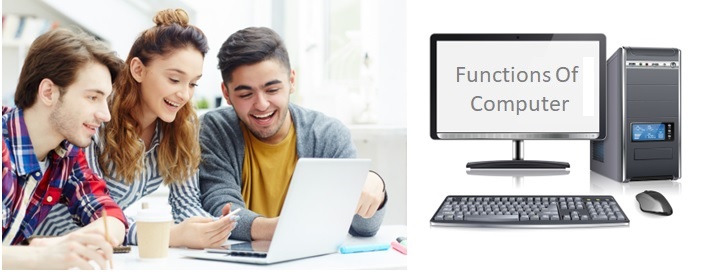
Functions Of Computer
Beginners Complete Guide To Functions Of Computer System.
Computers are versatile machines capable of performing a wide range of operations. However, the fundamental functions of computer refer to the functions that provide computational power to the computer and how it works.
The computers are extensively used for various applications in many fields. The main task of the computer is to execute a computer program that provides specific functionality to the computer as desired by the user.
However, in terms of computer architecture, the fundamental core functions of the computer include the input function, the output function, the processing function, and the storage function.
Functions Of Computer - Video Tutorial
Computer Functions - Block Diagram
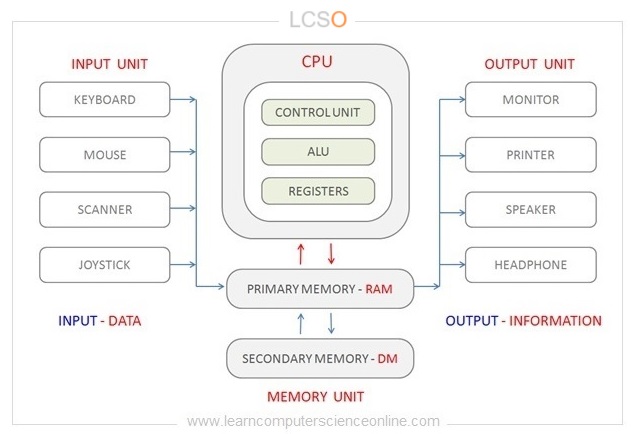
These four functions of a computer allow it to interact with the user in terms of accepting data, processing the data with the help of suitable software or a computer program, proving the output to the user as per requirements, and storing the data in a suitable format for future usage.
Computers have transformed our lives in many ways. With the advancement of the latest innovations and technology, the latest generation of computers is packed with huge computational power. However, despite these advancements in computer science, the core, fundamental functionality of the computer remains the same.
Introduction To Computer System Video Tutorial
This article has been specially designed for absolute beginners to understand the basic functions of computers that are performed by every computer, irrespective of their architecture, type, shape, size and application.
Four Computer Functions
What Are Basic Functions Of Computer ?
A computer is a general-purpose electronic machine designed to execute tasks as per the desired instructions, called a program. A computer program contains a set of instructions that direct the computer to perform specific operations.
We can refer to various operations performed by the computer as specific applications desired by the user. For example, if a user wants to write a document, they might use Microsoft Ward to perform this task.
Computer Program
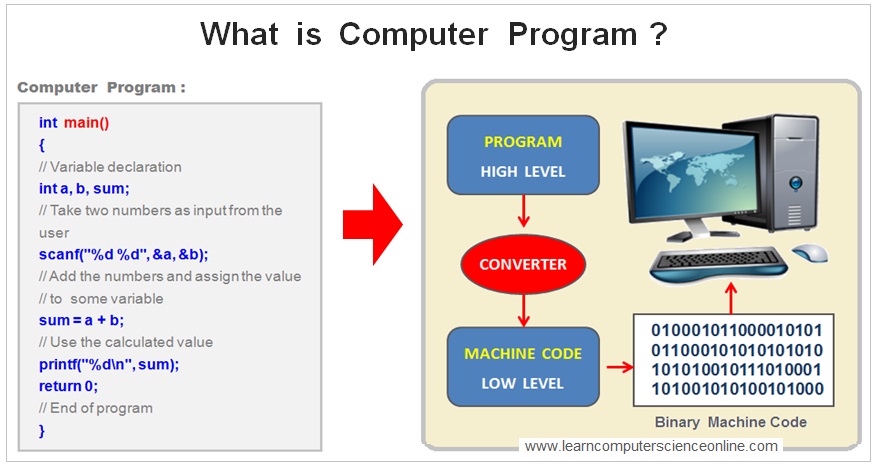
However, from a computer architecture point of view, this task is performed by accepting the user inputs with the help of an input device (a keyboard in this case), processing the user inputs with the help of software or a program (MS Word), and then presenting the processed data (a text document) to the user by displaying the output on the monitor.
The user might want to store the document in the computer’s permanent disk memory for future applications as a final operation. This is just one example, but all computer operations consist of four basic functions of the computer, as below:
4 Basic Functions Of Computer
- Input Function.
- Processing Function.
- Output Function.
- Storage Function.
Input Function
Input Function Is Performed By Input Unit
The input function is handled by the input unit of the computer system. The input unit might consists of number of input devices such as keyboard, camera, scanner and other such input devices connected to the system.
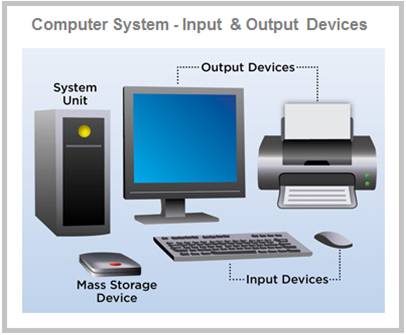
Processing Function
Processing Function Is Performed By Processor (CPU)
The processing function is handled by the central processing unit (CPU) of the computer system. It is also referred to as processor or microprocessor. The main function of the processor is to process the data as per the program instructions.
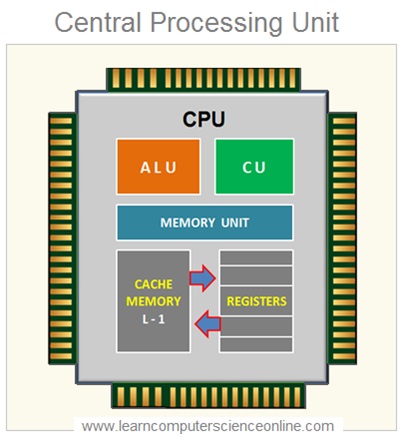
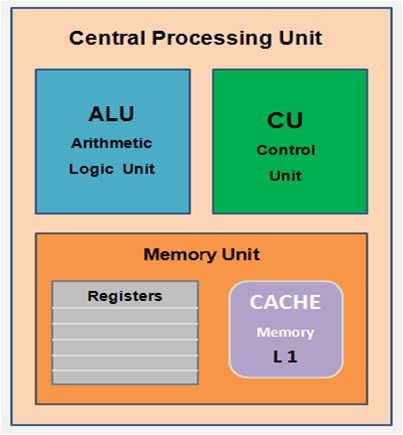
Output Function
Output Function Is Performed By Output Unit
The output function is handled by the output unit of the computer system. The output unit might consists of number of output devices such as monitor, printer, internal and external secondary memory storage devices connected to the system.
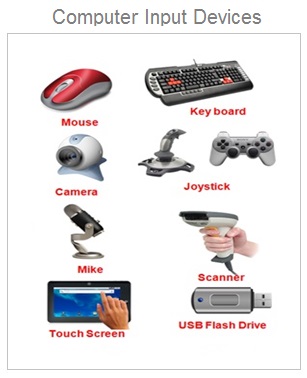
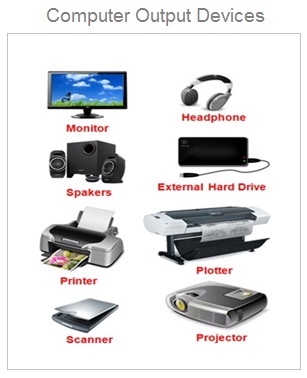
Storage Function
Data Storage Function Is Performed By Storage Unit
Computers need to store the data into the main memory of the computer, called RAM – Random Access Memory during the program execution. However, RAM is not permanent storage, and data is stored until the computer remains powered on. Therefore, data required for future use must be stored in permanent storage devices such as disk memory.
Storing data and information into primary memory (RAM) is a crucial function of a computer. A computer stores data in temporary memory, which is known as RAM (Random Access Memory). Whereas, the data can also be stored permanently using both internal and external storage devices called secondary memory of the computer. The data stored in temporary memory can be erased during a sudden shutdown.
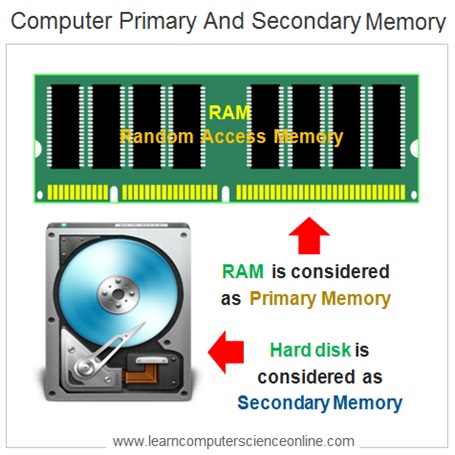
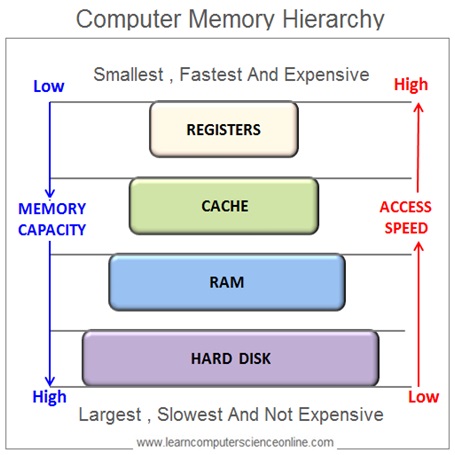
Different types of storage devices are used on a computer. Although, RAM, ROM, SSD/HDD plays a major role in the functioning of a computer system.
- RAM – RAM stands for Random Access Memory and the data stored here is temporary. It has a fast read and write speed. It’s a volatile memory and the data stored can be erased in case of shutdown or power failures.
- ROM – ROM stands for Read-Only Memory. It’s a non-volatile memory and the data stored in ROM is in read-only format and cant be modified.
- SSD/HDD – SSD stands for Solid State Drive and HDD stands for Hard Disk Drive. Both can be connected internally as well externally. SSDs are faster in comparison to HDDs.
- Cloud Storage – Cloud storage can also be used for storing data and information there are various examples. i.e Google Drive, MEGA, etc.
Conclusion
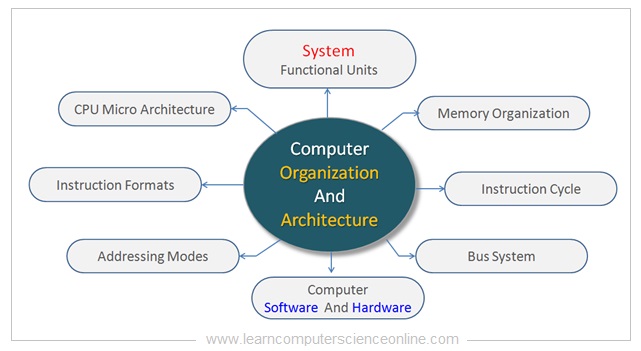
Functions of a computer encompass a wide array of operations that facilitate the computer to perform various execution of tasks, processing of information, and delivery of desired outputs. Each computer operates by performing four basic functions or primary functions: input, processing, storage, and output.
Each of these functions is crucial for the seamless operation of computer systems, ranging from simple personal devices to complex enterprise servers. Together, these fundamental functions form the backbone of computer operations, enabling them to perform a vast range of tasks efficiently and effectively.
